Another article from the now defunct Dynamic Range Magazine. This is one from Arwen Dyer and she talks about the importance of respecting the environment in which we want to photograph.
The rise of landscape photography
The popularity of landscape photography has increased substantially in recent years. The affordability and ease of digital cameras and processing software, the rise in international travel, social media, smartphones and the internet, all contribute to ever greater numbers heading for the mountain slopes, beaches and rainforests locally and further afield to capture something special.
We enjoy the benefits of being creative in nature: increased happiness, time alone, comradeship, wonder, spiritual nourishment, feeling ‘alive’, satisfaction, recognition, adventure, playfulness…
What a joy
When many of us are in the wild with our cameras we often do not want to return home. We dream of endless hours surrounded by natural beauty and of living simply, without the distractions and demands of our urban lives.
What drives us is creativity, a passion for the wilderness, the vitality of being in wide-open spaces, the joys of exploring new places and capturing spectacular landscapes under painted skies.
Passion for the environment
For some of us, there is also a dire need to use photography as a tool to help threatened ecosystems; to use imagery to inspire and bring awareness to places at risk; to help others connect with nature in a way that promotes the importance of respecting, valuing and protecting the natural world. This is not just because we humans depend on it, but because wilderness is inherently valuable, unique and irreplaceable.
Raising awareness
It was with this conservation awareness-raising aim that I recently travelled to Iceland and Norway to photograph its unique landscapes in winter. The mystique and splendor of Lofoten is enticing from afar.
Researching online, we can gorge on photos of this majestic Arctic archipelago, typical of what we see in tourist brochures of Norway. And it is similar with Iceland, because who can resist what so many photographers can’t: ice caves, frozen waterfalls, geysers, glaciers, icebergs, ragged coastlines, ice sheets and snow-capped mountains? And yes, neither Iceland nor Norway disappointed. These vast and wild landscapes are incredible to photograph when they are dressed in white under luminous Arctic light.
Among the crowds
But in such enthralling places, we are so often not alone. Spread along the roadsides, amongst the boulders and beside the waterfalls are not only bus loads of tourists, but landscape photographers en masse. Many photographers are in groups, lead by industry; others seek my kind of solitude: alone with a camera and the elements.
Although most peers are civil and sometimes very friendly, some are rude and obstructive, making it difficult for anyone to take a shot. It is hard to comprehend how some photographers can show little grace and respect, apparently in such a bubble that they do not see others are also sharing the space.
Questioning
Being clustered among many bodies with cameras raises a poignant question: why another photographer-tourist? In the Arctic, for example, it was a challenge to reconcile my conservation-aims with being yet another photographer in the crowds. I journaled: “these masses make me want to escape, to run, to climb those mountains away from it all. It makes me lament for the little sand patterns that get squished or the snow that is soon full of footprints. Is this our world now, are we all voyeurs?”
Responsibility
Does the bubble of individualism and single-minded pursuit for ‘The Shot’, which often demonstrates disrespect for fellow photographers, also breed a disregard for the natural world we are depicting?
And what does this mean for the environment?
For decades photography has been key to environmental battles: from saving the Franklin River in Tasmania (think Peter Dombrovskis’ Rock Island Bend) to forming the world’s first National Parks in the USA. In this image-saturated world, photographs continue to be vital in campaigns such as reducing the impact of climate change, saving threatened species and stopping coal-seam gas initiatives. Yet, as the popularity of landscape photography increases, how can we continue to enjoy these wild places, fight to protect nature and express our creative and emotional selves when the pursuit itself can be detrimental?
Action
As nature photographers, we are all responsible for the places in which we shoot. Each one of us can unwittingly or intentionally cause damage to fragile ecosystems; multiply that by hundreds and the place we were drawn to loses its beauty, instead showing the impact of too-many footfalls and the remains of multiple lunches. We have all seen it: waterfalls with moss-covered rocks worn down from many keen photographers going beyond the safety rail, scenic roadside pullouts littered with plastic, beaches more reminiscent of Bondi beach than a fragile landscape.
What can we do? The first step towards change is awareness. An awareness of the potential repercussions of our actions, inactions or presence is the best place to start. Ask questions like: do I really need that shot? Must I go somewhere popular? Can I photograph here respectfully; leave no signs? Can I use my images to spread a message about environmental responsibility, to be a call to action?
How to stay creative?
With hordes attending popular sites, a further question arises: how do we make the images our own? Do we really want to shoot that waterfall or mountain in the same conditions and with the same composition, as we stand side-byside with everyone else along the roadside?
Perhaps there is pleasure in that shared experience, to have one or two stunning images near identical to our neighbour. Perhaps we can make that shot as unique as possible using our creative skills at the moment of capture, to vary settings and lenses, or to re-shape it during post-processing. We can learn from the experience: be reminded that what makes our images unique is what we put into them, the choices we make and the intention we hold. We can remind ourselves of the importance to experiment with techniques, to photograph what others may not see, to go beyond the roadside and further, respectfully, into the wilderness.
How we create those majestic and unique shots without encroaching too much on vulnerable environments remains the question we must consider. We owe that consideration to a natural world that gives us so much.
Arwen Dyer
Arwen Dyer is a photographer and artist from Hobart, Tasmania. Her love of landscape and astro photography grew from her passion for being in nature. She has a particular interest in macro and night photography: both illuminate worlds that we so often don’t stop to appreciate. Arwen’s images portray emotional and spiritual responses to place and natural phenomena and invite the viewer to also respond. She hopes her photos of unique and beautiful wilderness help raise awareness of the need to protect the natural environment from human impacts such as deforestation, global warming and mining.
Arwen’s inaugural book, Luminosity – Star, Sky & Sea, was released in 2015. In August 2014, she undertook an artist-in-residence at Mountain Sea Arts on Flinders Island Tasmania which culminated in a book with fellow Tasmanian photographer Wolfgang Glowacki. She has also recently been Artist in Residence at the Living in Peace Project in Karamea, New Zealand (2015). Arwen has a Masters of Creative Arts Therapy and when not taking photographs she works in the health sector.
http://arwendyer.com/
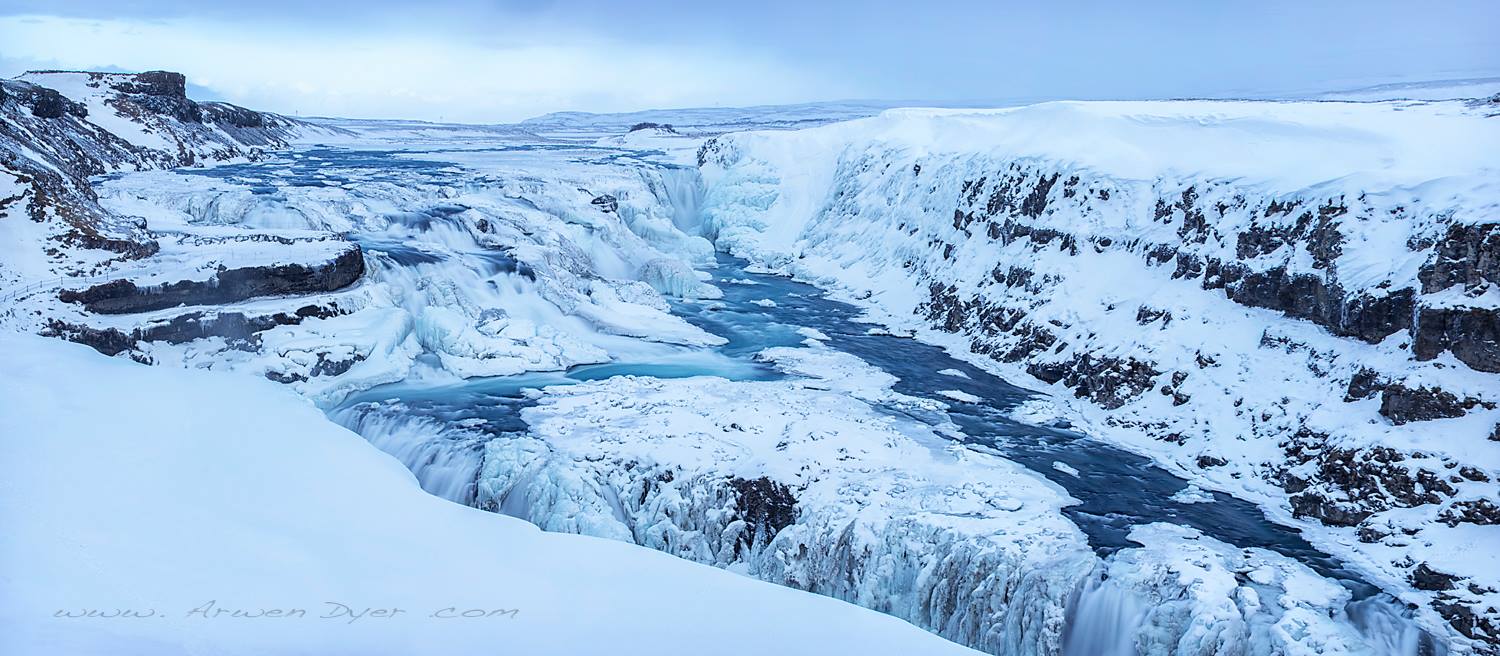
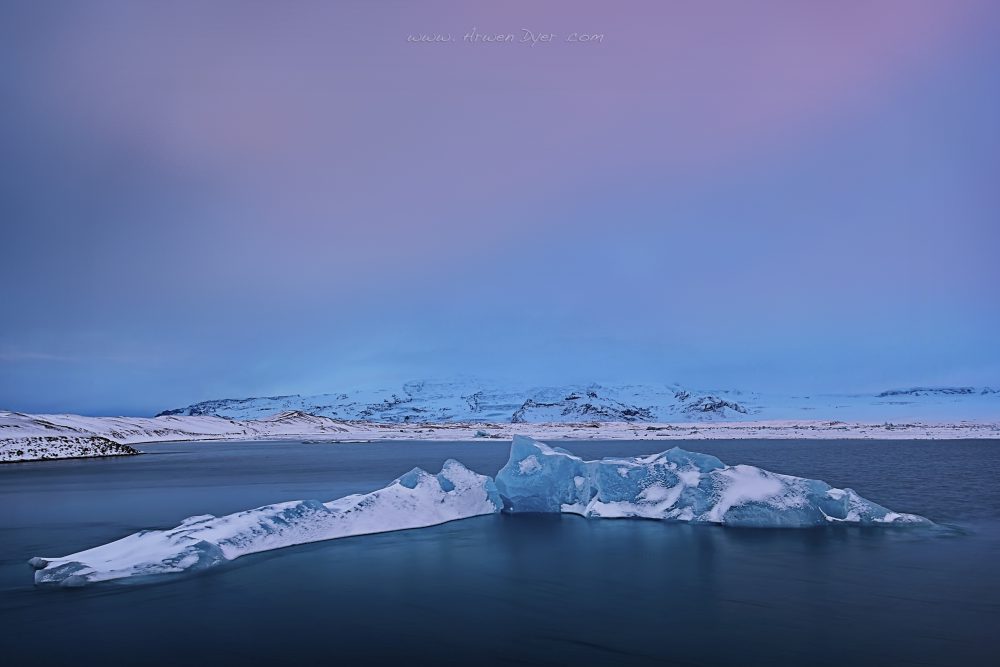
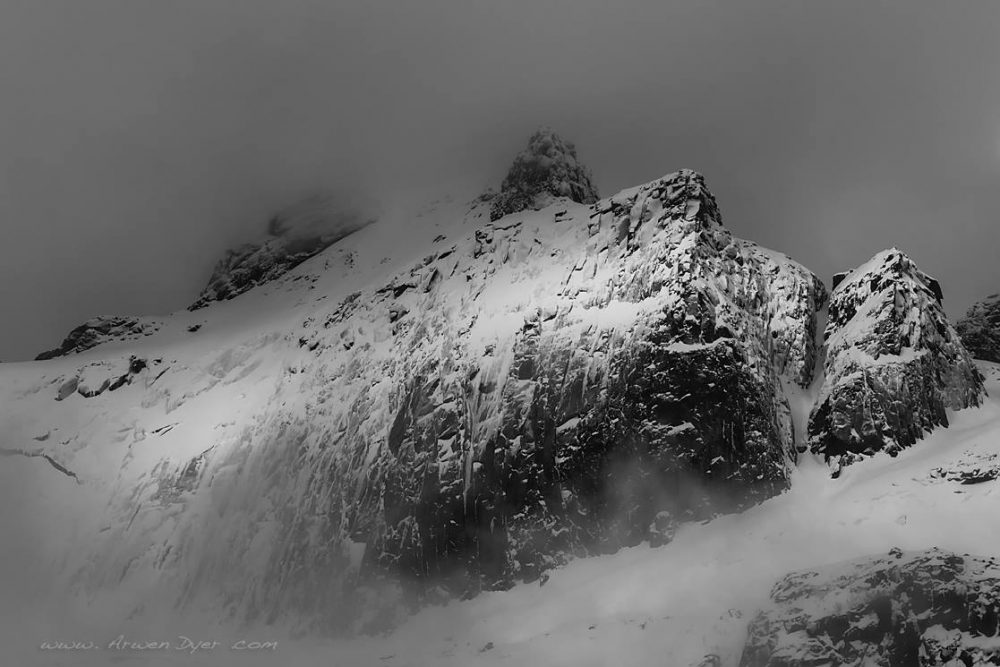
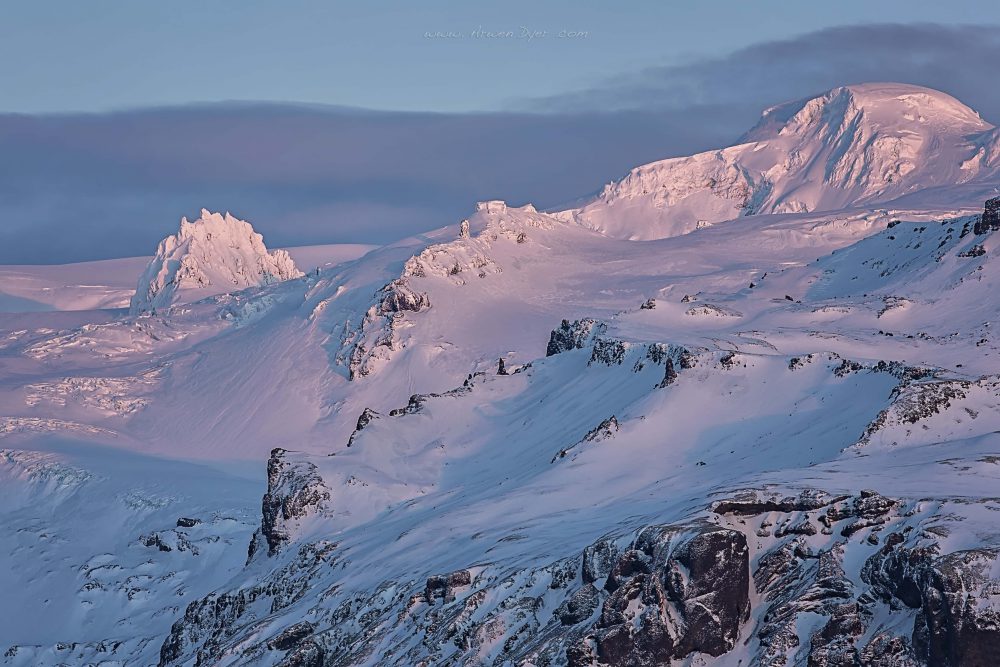
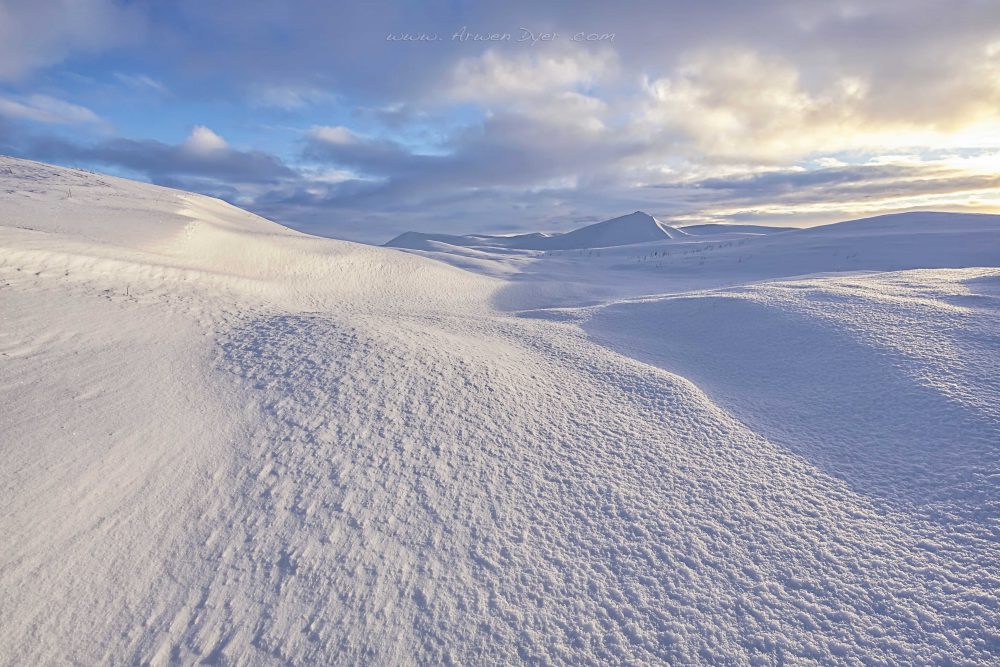

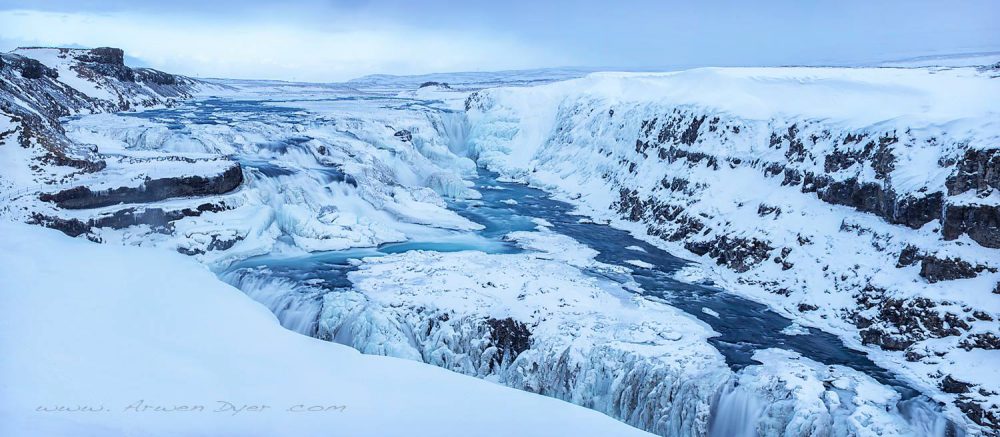
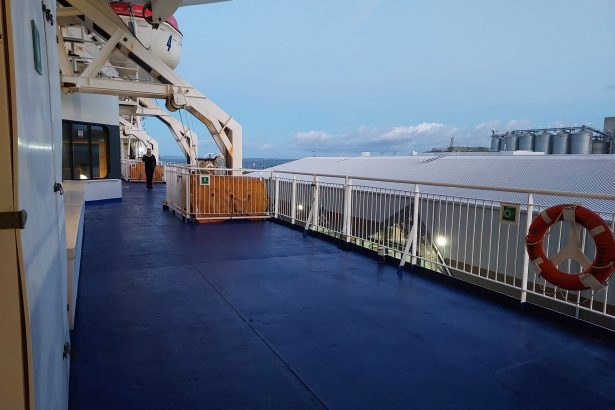
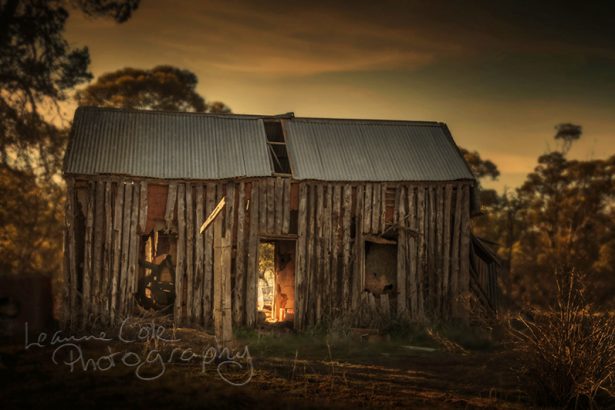
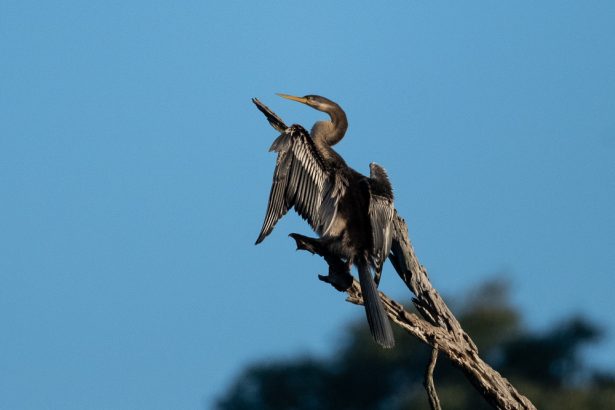

You made an interesting point, raising awareness is the first step, but also challenging mindset. Whatever we do to the environment we need to have a conscious approach, there is no harm in contemplating the beauty of nature but we should have a sense of gratitude and respect towards nature, and people. Not many people are at the same level of intention, but we are already crossing planetary boundaries, we don’t want to say ‘sorry it is too late’..Great Post!
Very well said heyleeena.
These photos are so beautiful!
She took some great images.
It is very true that when we are in environments home we must respect it, and understand how it works. I do believe this is when the most beautiful photographs are taken. When the perspective is from an angle of thought and emotion, we can find so much more than we thought. Thank you for the beautiful photography, and discussion. If you would like check out my recent article about environment, caelidotblog.wordpress.com/2018/01/05/everything-is-connected/
What you have said is very true, it is important. I am sure Arwen appreciates your thanks.
Loving the posts great pictures
That’s great to hear Jessica, thank you.
Great post! It’s important that people make efforts to be more eco-friendly tourists 🙂 Also, amazing photos!
I agree and be considerate of the people that live there all year around.
Awesome post, and stunning photos!
That’s great to hear Sarah, Arwen did a great job.
Very Nice Photos
She got some good ones.
I love the post
Check out my environmental blog
That’s fantastic.
Loved this article! This reminds me of the Romantic notion of the Picturesque and the Sublime. Is contemporary environmental photography challenging the solitary nature of spectatorship? We should be sharing pictures of places from across the globe so that everybody can have a spiritual and emotional reaction! I think that’s the predominant way that environmental issues can be recognised, and it’s definitely the way to inspire change in people. A thought provoking article, thank you!
That is wonderful and a fantastic idea, though I think it is already happening really, when you look at Instagram. You’re welcome, and thank you.
Of course it’s quiet . . . I don’t want to disturb the environment . . .
That’s good to hear.
I can feel the excitement of the photographers going out into the wilderness with its spectacular scenery and awe-inspiring vistas. But I agree with Arwen that the pleasure of taking a picture comes from the creative forces within. If we take a closer look at the world around us in our immediate vicinity, with that creativity we can find and capture an amazing world of flowers, plants, birds etc. etc. And if we turn our attention to the macro world, the possibilities are endless. I share 100% Arwen’s viewpoints and concerns about our planet. Let’s all try to show some responsibility about the natural world we live in.
I’m so glad you can relate to what Arwen is saying Peter. I believe what we have around is is important and shouldn’t be overlooked. Fantastic Peter, I’m sure Arwen would love hearing this.
Stunning photos!
Arwen has some stunning images. Glad you like them.